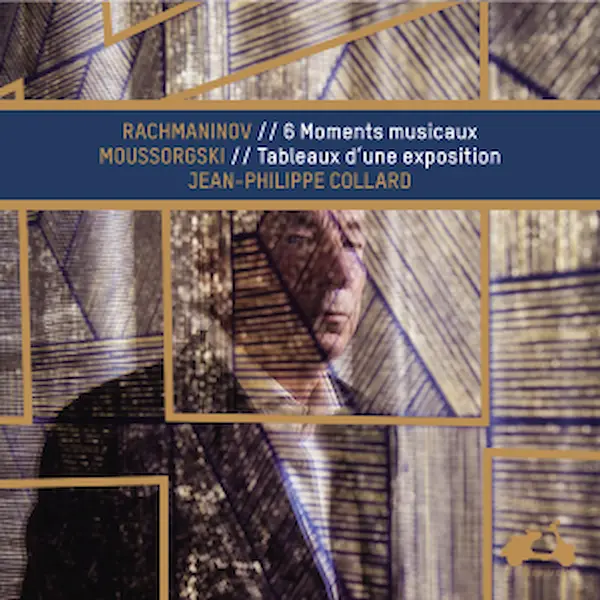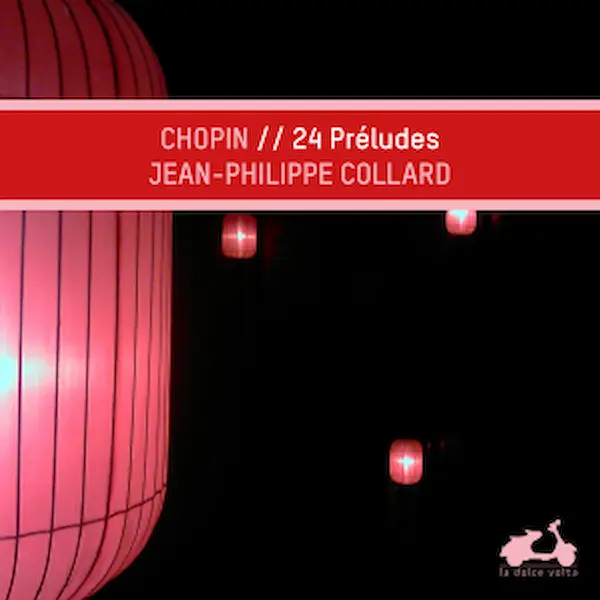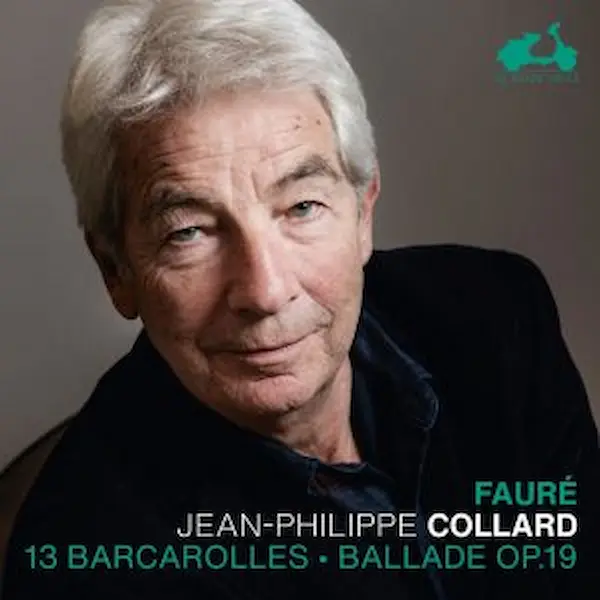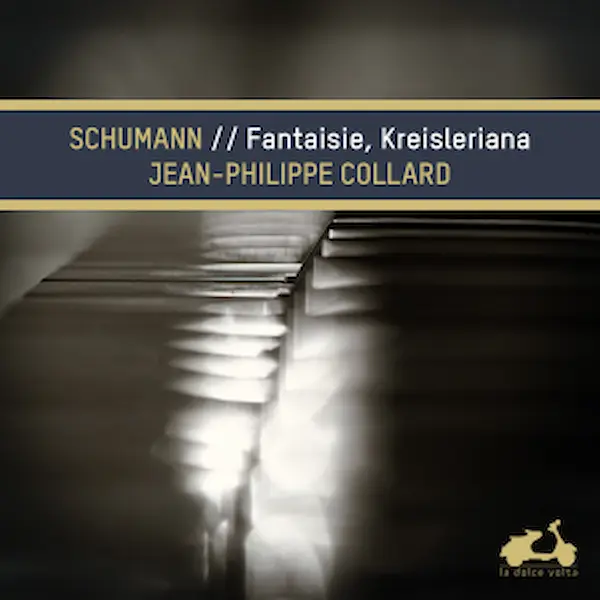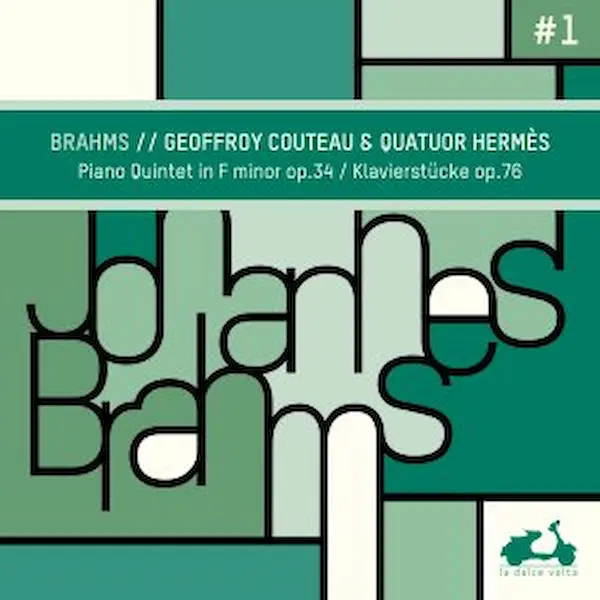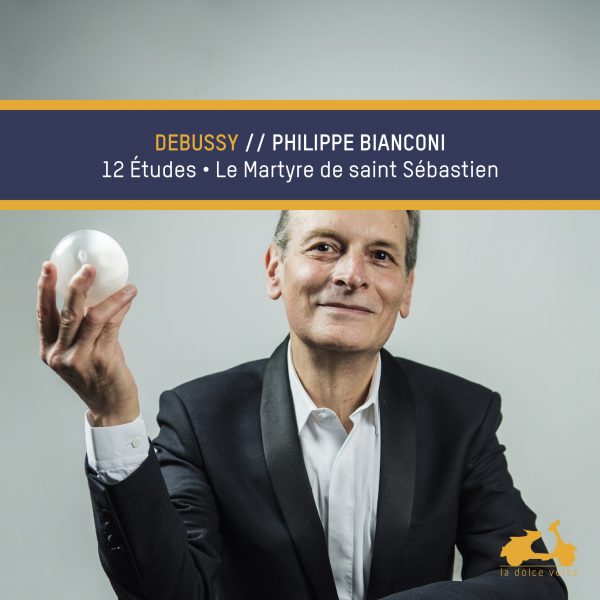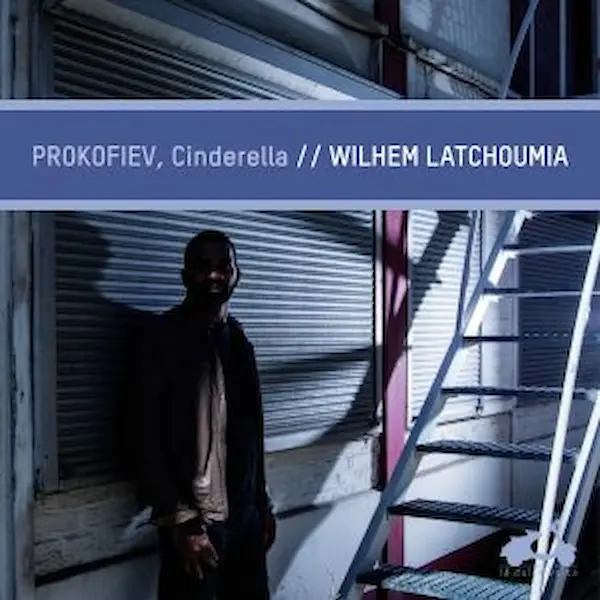Description
Legend has drawn a terrifying portrait of Mussorgsky, a kind of ogre if we look at the portrait that Repin painted of him in 1881! In Western imagery, he represents all by himself the myth of the Russian artist of genius who is also illiterate and alcoholic. The reality is quite different, as is proved by such inspired masterpieces as Night on the Bare Mountain, Boris Godunov, Khovanshchina and Pictures from an Exhibition.
For any pianist, interpreting Pictures at an Exhibition is a double challenge. The first is certainly technical, but this is not the more important. By contrast, conveying the variety of atmospheres is extremely tricky. Are these the successive scenes of an ‘opera without words’? The slightest difference in inspiration between the pictures, the slightest hint of illogical construction can annihilate the dramatic progression of the whole.
Jean-Philippe Collard’s version stands out for its fluidity and wonderful naturalness. He constantly renews his touch, thinking of Pictures from an Exhibition first and foremost . . . in its orchestral dimension.
The artist never tries to do too much, painting each picture with imagination but sobriety, always taking care over balance. Thanks to this sense of narration, Baba Yaga and The Great Gate of Kiev hit the interpretative bull’s-eye. His overflowing energy recalls a certain Horowitz, with whom Jean-Philippe Collard forged a close friendship in those crucial years when artistic maturity is moulded.
Composed in 1896, the six Moments musicaux bear witness to Rachmaninoff’s melodic genius. In these pieces, he pays homage to several composers of the Romantic era, including Franz Schubert who himself wrote a set of Moments musicaux. Slavic melodies, hectic rhythms, meditations or reminders of the power of the symphony orchestra mingle in these pieces by the Russian composer, which evoke impressions rather than places or characters.




